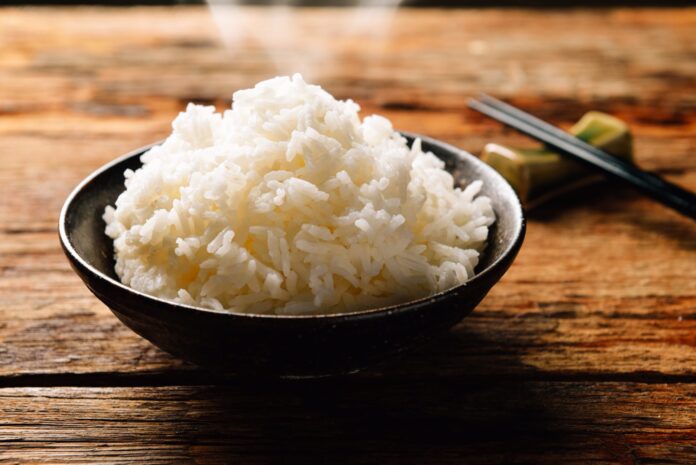In Indonesia “It’s not called eating if there’s no rice”. So, it is not surprising that rice consumption in Indonesia is very high. Unfortunately, a higher intake of white rice can increase the risk of type 2 diabetes, as it contains simple carbohydrates that can increase the risk of spikes in blood sugar after eating.
Therefore, 9 rice substitutes with healthier carbohydrates below are highly recommended:
1. Potato
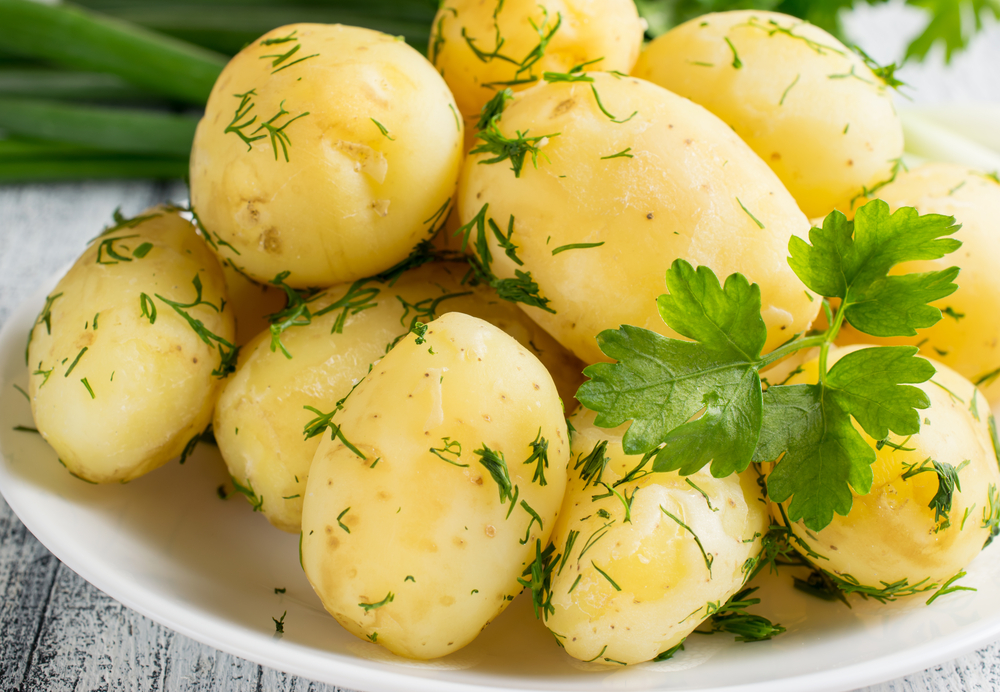 Every 100 grams of potatoes contains 13.5 grams of carbohydrates. Potatoes also contain protein, potassium, folate, antioxidants, fiber, vitamin B6, and vitamin C. How to process potatoes greatly affects the nutritional content of potatoes. Avoid consuming potatoes by frying them and adding a lot of salt. Do not eat frozen potatoes because they are high in calories. Try cooking potatoes by steaming or baking them. Add a little olive oil and spices.
Every 100 grams of potatoes contains 13.5 grams of carbohydrates. Potatoes also contain protein, potassium, folate, antioxidants, fiber, vitamin B6, and vitamin C. How to process potatoes greatly affects the nutritional content of potatoes. Avoid consuming potatoes by frying them and adding a lot of salt. Do not eat frozen potatoes because they are high in calories. Try cooking potatoes by steaming or baking them. Add a little olive oil and spices.
2. Corn
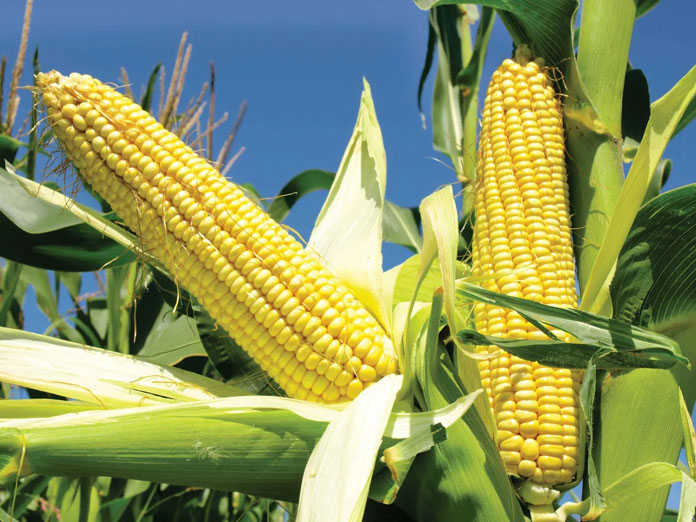 Corn can be as filling as rice. In 100-grams of corn, there are 25-grams of carbohydrates and about 3.5-grams of protein. The corn used is fresh old corn. Fresh corn contains various beneficial ingredients such as fiber, vitamin C, and antioxidants that are good for eye health. How to cook corn rice is the same as how to cook white rice. Some people add spices to the cooking process.
Corn can be as filling as rice. In 100-grams of corn, there are 25-grams of carbohydrates and about 3.5-grams of protein. The corn used is fresh old corn. Fresh corn contains various beneficial ingredients such as fiber, vitamin C, and antioxidants that are good for eye health. How to cook corn rice is the same as how to cook white rice. Some people add spices to the cooking process.
3. Papeda
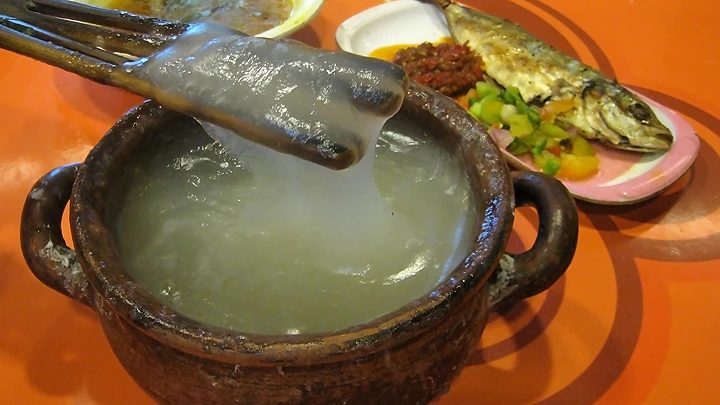
Papeda is a staple food in eastern Indonesia, namely Maluku and Papua. Papeda has a sticky texture because it is made from sago. These foods are high in carbohydrates and fiber, but low in sugar. Papeda taste is generally bland, however it is usually enjoyed with complementary food, such as yellow spiced fish sauce. How to eat this chewy papeda is to use a wooden fork and roll it.
4. Cassava
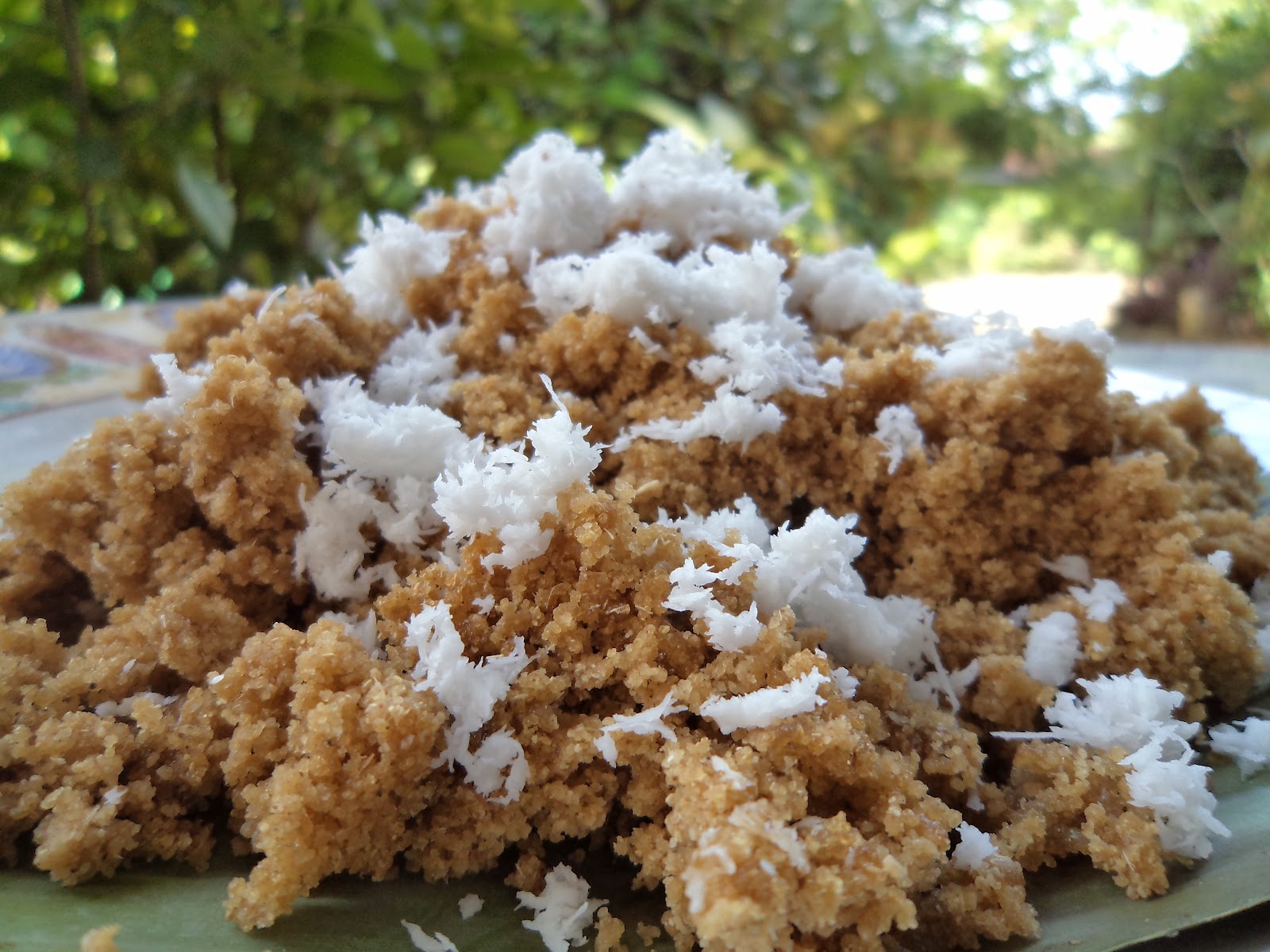 Apart from being a snack, cassava can also be used as a substitute for rice, known as tiwul. How to make cassava instead of rice is to pound the cassava until smooth. The mashed cassava is then soaked in water for several hours and squeezed to dry like flour. Meanwhile, whole cassava has a fairly high carbohydrate content, but is free of fat and cholesterol.
Apart from being a snack, cassava can also be used as a substitute for rice, known as tiwul. How to make cassava instead of rice is to pound the cassava until smooth. The mashed cassava is then soaked in water for several hours and squeezed to dry like flour. Meanwhile, whole cassava has a fairly high carbohydrate content, but is free of fat and cholesterol.
5. Sweet Potato
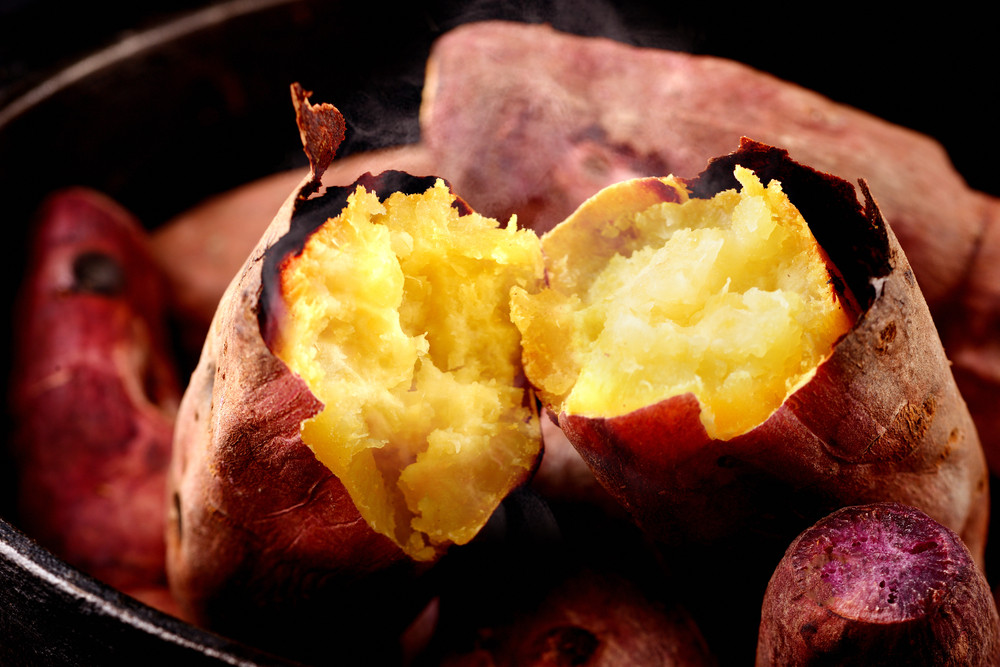 Sweet potato contains carbohydrates, micronutrients, fiber, and minerals, as well as antioxidants that can help protect against various health problems. A serving (100 grams) of raw sweet potato contains 86 calories, about 1.6 grams of protein, 20 grams of carbohydrates, and 3 grams of total fiber. This type of tubers can be processed by various methods, either fried, boiled, steamed, or mixed with other food ingredients. Sweet potatoes that have been processed, contain carbohydrates around 18-21%.
Sweet potato contains carbohydrates, micronutrients, fiber, and minerals, as well as antioxidants that can help protect against various health problems. A serving (100 grams) of raw sweet potato contains 86 calories, about 1.6 grams of protein, 20 grams of carbohydrates, and 3 grams of total fiber. This type of tubers can be processed by various methods, either fried, boiled, steamed, or mixed with other food ingredients. Sweet potatoes that have been processed, contain carbohydrates around 18-21%.
6. Quinoa
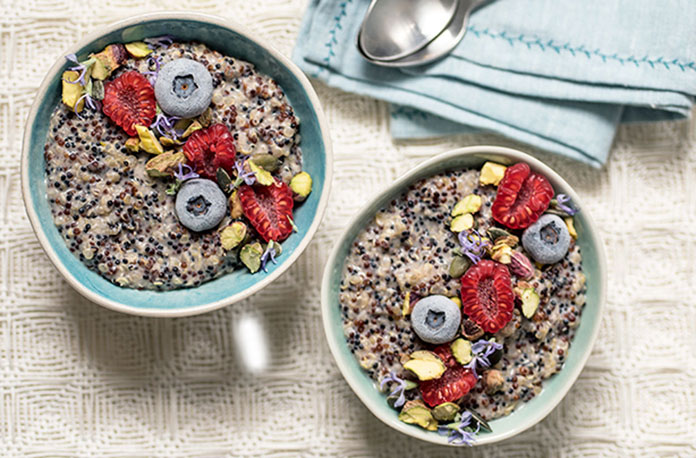 Quinoa is gluten-free and much higher in protein than rice. There is also a mineral content that is useful for maintaining heart health and regulating blood sugar levels. The high fiber and protein content in quinoa can keep us full longer. This content is also good for digestive health. How to process quinoa as a substitute for rice is to mix dry quinoa with water, then bring to a boil over low heat. Let the water absorb, then remove and let stand five minutes.
Quinoa is gluten-free and much higher in protein than rice. There is also a mineral content that is useful for maintaining heart health and regulating blood sugar levels. The high fiber and protein content in quinoa can keep us full longer. This content is also good for digestive health. How to process quinoa as a substitute for rice is to mix dry quinoa with water, then bring to a boil over low heat. Let the water absorb, then remove and let stand five minutes.
7. Shirataki
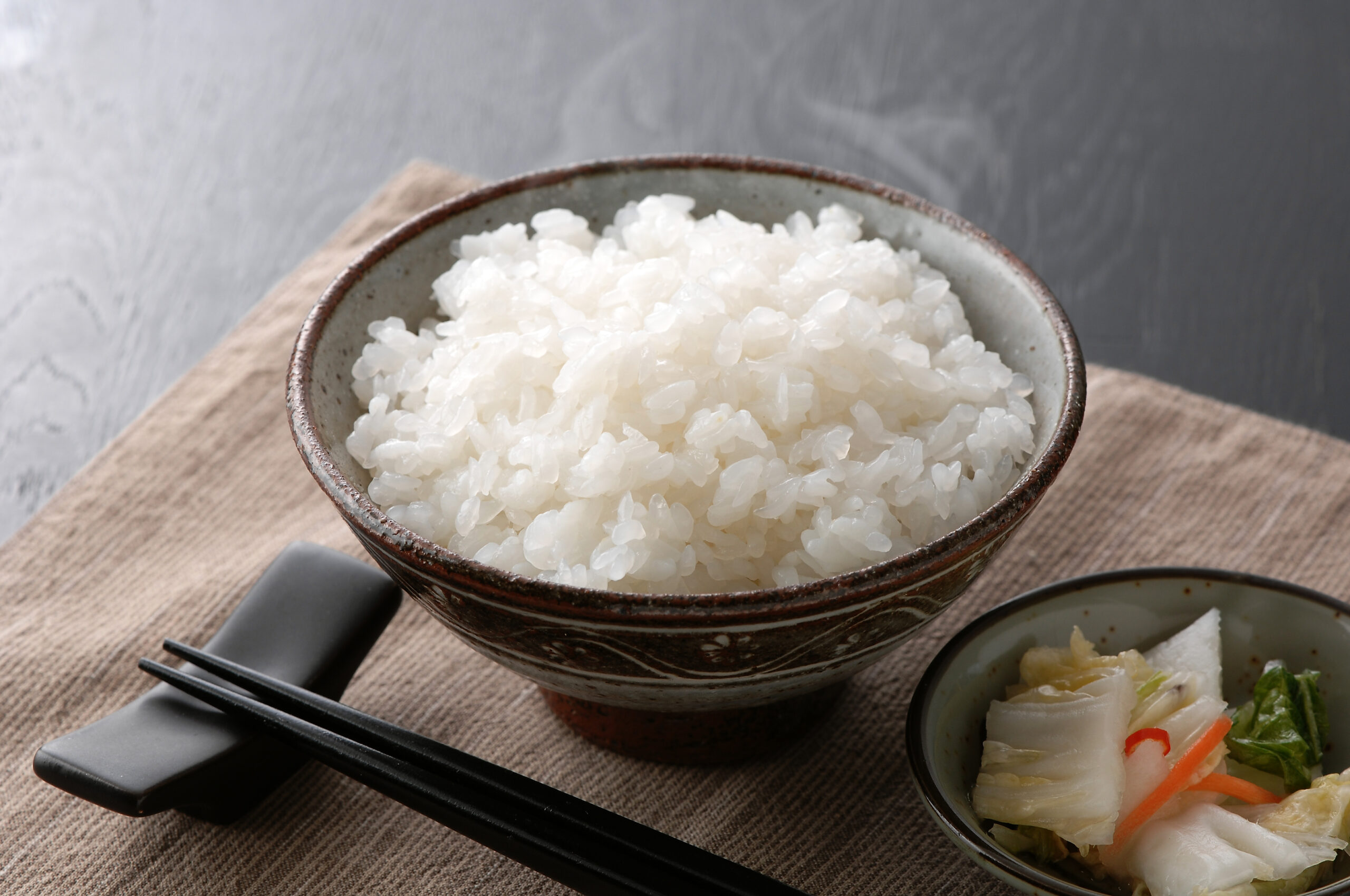
Shirataki rice is known to be low in carbohydrates and low in calories. Shirataki is made from konjac root, which is native to Asia and is rich in a unique fiber called glucomannan. Usually, shirataki is available in packaged form as noodles or shirataki rice. A serving of shirataki rice contains only 20 calories. Diabetics are highly recommended to consume shirataki.
8. Oatmeal.
 The fiber content in oatmeal is very high. This fiber content aids digestion, has anti-diabetic properties and lowers cholesterol. Oats are made from whole wheat which is rich in vitamins, minerals and antioxidants. Raw oats contain 66% carbohydrates and 11% of which is fiber. Oats can be processed into sweet and salty foods.
The fiber content in oatmeal is very high. This fiber content aids digestion, has anti-diabetic properties and lowers cholesterol. Oats are made from whole wheat which is rich in vitamins, minerals and antioxidants. Raw oats contain 66% carbohydrates and 11% of which is fiber. Oats can be processed into sweet and salty foods.
9. Cauliflower
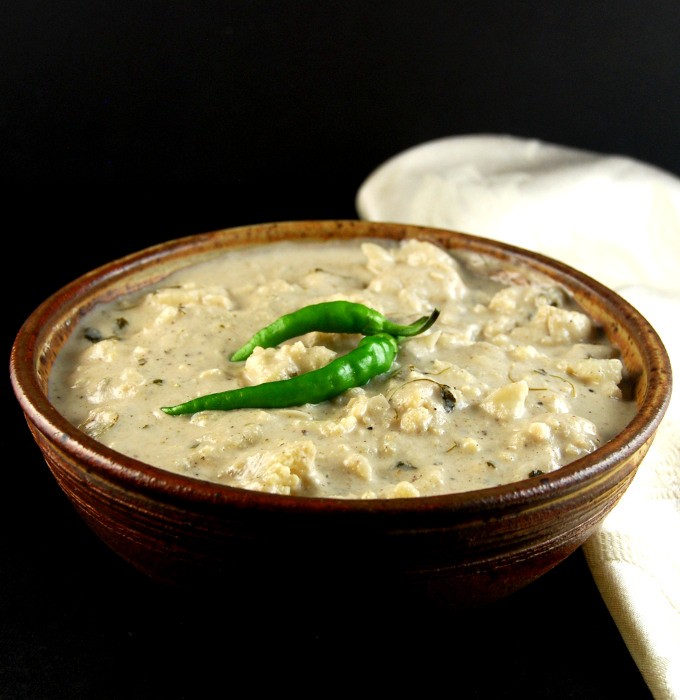 This vegetable is a source of carbohydrates that have a lower number of calories than rice. Cauliflower can give us a feeling of fullness in the long run. In addition, cauliflower also contains a variety of nutrients, such as protein, minerals, and vitamins. How to process cauliflower to replace rice is to cut the flower into small pieces. After that, the flower pieces are grated and boiled or steamed.
This vegetable is a source of carbohydrates that have a lower number of calories than rice. Cauliflower can give us a feeling of fullness in the long run. In addition, cauliflower also contains a variety of nutrients, such as protein, minerals, and vitamins. How to process cauliflower to replace rice is to cut the flower into small pieces. After that, the flower pieces are grated and boiled or steamed.
Which of the rice substitutes above do you like the most? Do you have any other alternatives to rice? Share what you think in the comments section below.

